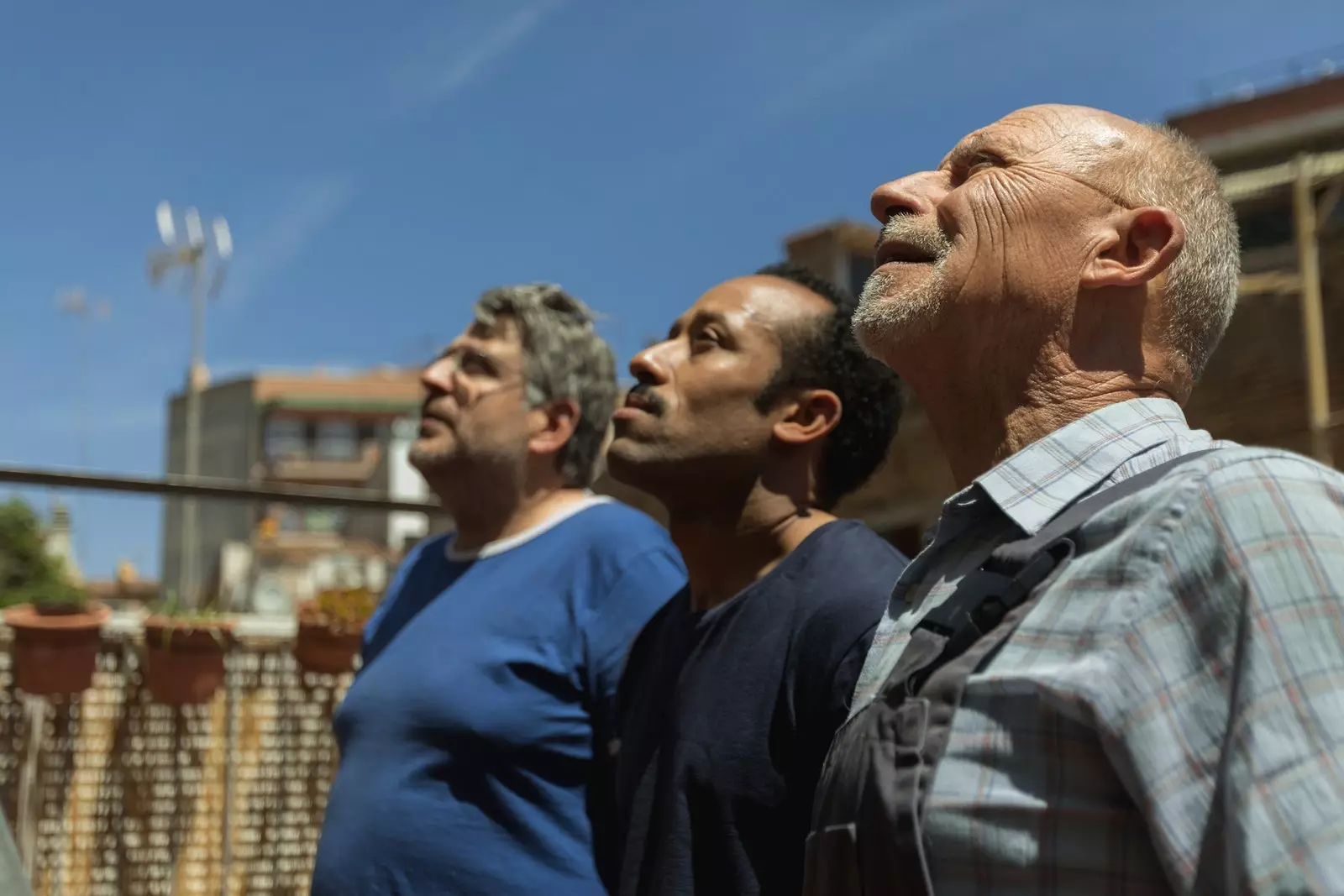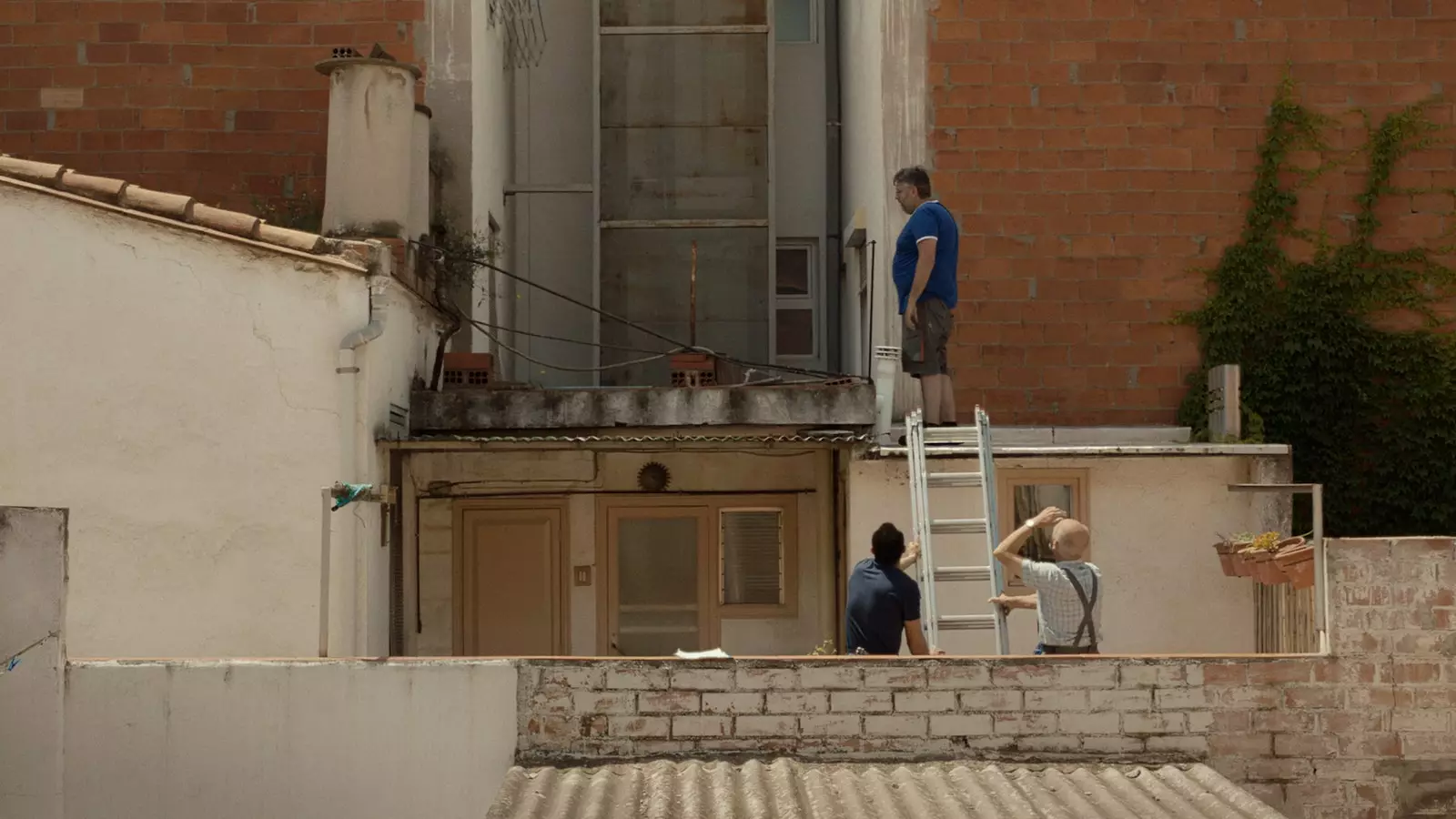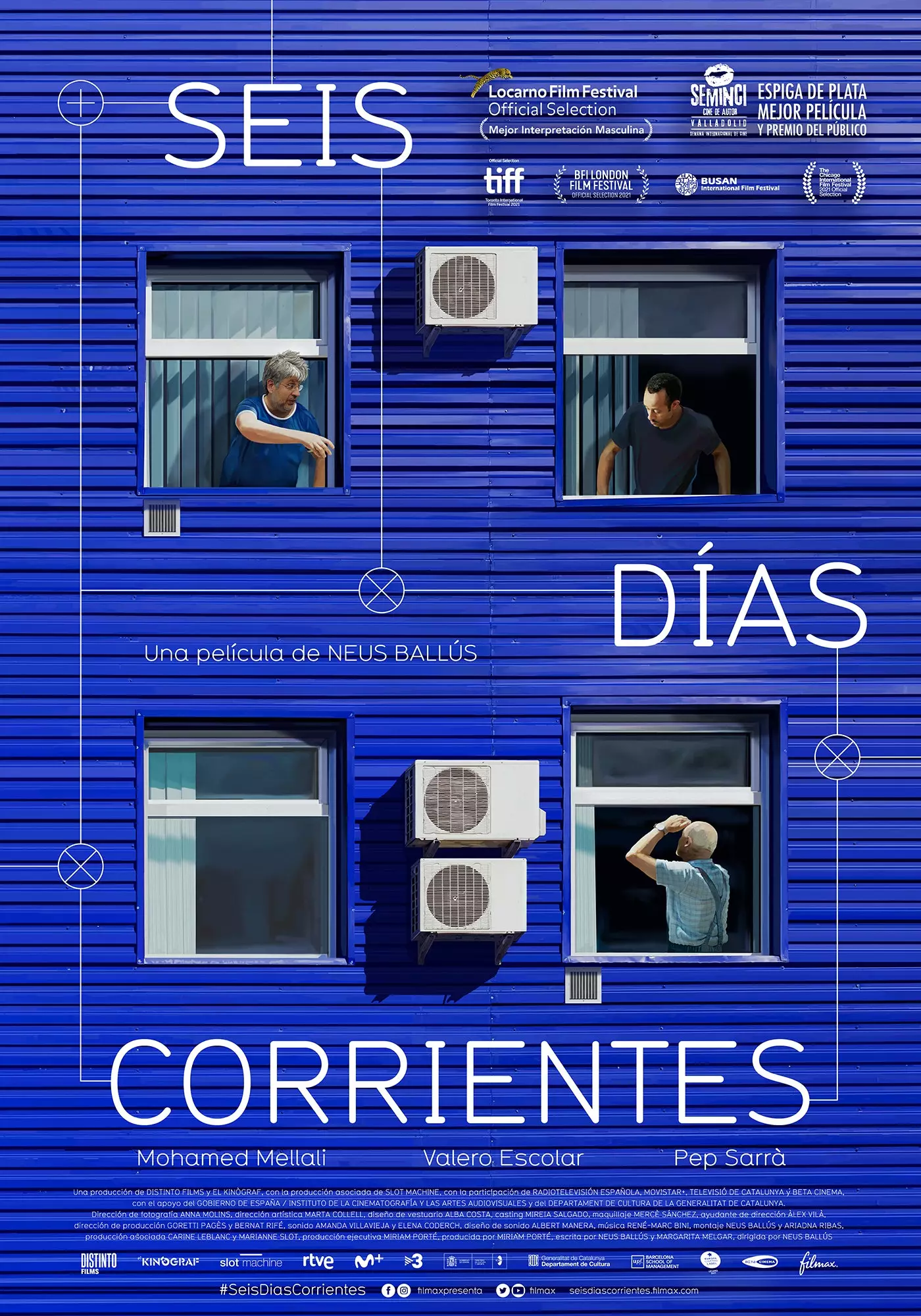six ordinary days (Theatrical release December 3) it is a hybrid film, as its director Neus Ballús, already an expert in the genre. ride between fiction and documentary to try to get the honesty and reality out of each situation and each character. The difference between this and his previous films (The Plague, Marta's Journey) is that here he has found humor in the miserable reality.
The protagonists of Six ordinary days are three plumbers. Pep is about to retire Valero will continue to lead and has an internal struggle with the weight of him; Y Moha he is the new one, a Moroccan immigrant. They are three real plumbers, three men who play themselves in situations created for the film. The film is based on their everyday life, their day to day life, to portray the funniest and most difficult reality.
The profession of your characters is not chosen at random. Ballús's father was a plumber and she spent her life listening to the stories he told about the houses where he went to work. These characters now allow her enter a house every day, literally put the camera into the kitchen of houses of different sizes and wealth, origins and consciences. With Moha, the most different of all as the eyes of that camera and the viewer.

Valero, Moha and Pep.
"He was the one who offered me a more different perspective and that is why I was interested in putting him very much at the center," explains the director, who she found the three at the Guild School and she spent two years with them doing workshops to get to know them and guide them. “Moha comes from a small town in Morocco almost in the desert, where he has been faced with not having water or food, and seeing him here highlighted how important the context is, where you live…”.
Moha watches the balconies and windows of his neighbors from hers. Also from the houses where he goes to work. His rear window is that of all of us. Even more so in this last pandemic year in which we are fond of looking out.
"This is something that he has always loved doing and Moha says at the beginning of the film that he loved to spy on the neighbors as a child," admits Ballús. “I, who grew up in an urbanization, could not do it. I have always liked the idea of living in community, you look at other buildings, and you wonder what is there, and through what you see on the balcony you can already intuit what lives there are behind these buildings, this landscape”.
The cityscape that portrays Six Current Days is that of the lived city. The one from day to day. A Barcelona that we don't see so much on the big screen. “I wanted to get away from the most typical images of the most touristic Barcelona, offer a vision of the interiors, of the spaces, of typologies of neighborhoods and of families, and of different environments”, she explains.
It is the Barcelona of the periphery where she grew up and where she believes the most interesting stories are still concentrated. That Barcelona "of industrial estates, urbanizations and the pure center".
That Barcelona forced by the gentrification and tourist overcrowding of city centers, which in turn is being “a welcoming city” for immigrants and youth. "It seems to me that this is where culture is going to be in the future," Ballús reasons.
"Because, frankly, in a city center that is occupied by tourists and large companies and that seems like a set, I don't imagine that anything interesting can happen."

The other rooftops in Barcelona.
THE NEW URBAN LANDSCAPE
They rolled in the Baix Llobregat and in the Valles. And he films all those streets and facades with patience and precision until he extracts the beauty of those crowded and neglected buildings. "It's the real Barcelona that I know," he says. “I wasn't born in Barcelona, and I always believed that I could only make films about spaces that I know very well and until now, I've been 15 years, I hadn't been able to make a film there”.
at what time are you capable of photographing beauty in the everyday or in the normal, in what people can recognize as their own? This filmmaker wonders who admits her innate curiosity and having entered this profession to, like her character Moha de Ella, be able to spy without hiding.
The film takes place over those six days that are ordinary for plumbers like them. “Every day a different house”, “in a more complicated job than you think”, and in which “there can always be surprises” says Moha.
Surprises that Ballús prepared for them so that they would not act, but react as they would in real life. And throughout those days Valero and Moha will find understanding. This necessary coexistence which also depends a lot on the conscience and spirit of neighborhood and community.

Six ordinary days, December 3 in theaters.
“Obviously, how the space is configured determines how the most social or collective relationships are going to be, but there are also a matter of conscience and will explains the director.
“I like this simile that Moha makes when she says that we are all connected through pipes and cables. It's true, we are ultra-connected, we drink water that comes from the same place. What can be more common than that? And despite that, when there is a wall that separates you, it is as if you live in another world.
Six ordinary days has a clear and luminous message in this sense. “We are social beings and we are losing our essences and riches in moments of survival. And we have seen this with the pandemic, How important are neighbors? For me it is super vital to recover this component of humanity that we are losing”.
